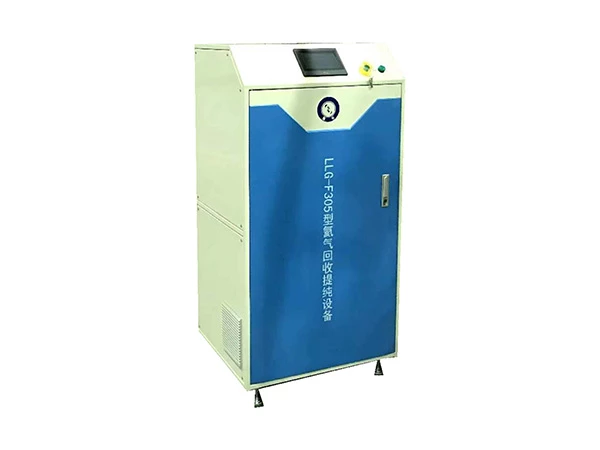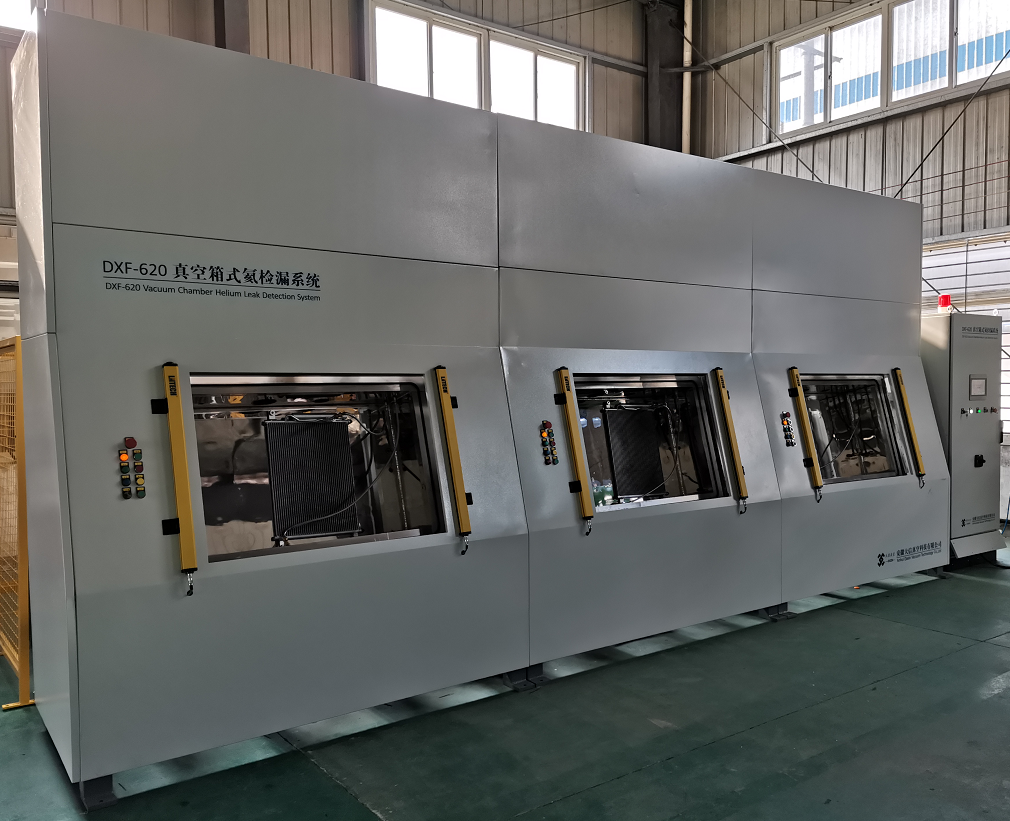Inside-out helium vacuum chamber leak testing is a technique used to detect leaks in a vacuum chamber by introducing helium gas into the chamber and monitoring for any helium leaks using helium mass spectrometry. The chamber is pressurized with helium gas from the inside and a vacuum is created on the outside. If there are any leaks present, helium gas will escape into the vacuum and can be detected by the mass spectrometer, indicating the location of the leak.
Here’s how the process generally works:
Prepare the Vacuum Chamber: Ensure that the vacuum chamber is clean and properly sealed. The chamber should be capable of maintaining a vacuum and have a connection point for introducing helium gas.
Evacuate the Chamber: Use a vacuum pump to remove any air or gases from the chamber, creating a vacuum inside.
Introduce Helium Gas: Connect a helium gas source to the chamber and introduce helium gas into the chamber. Helium gas is chosen because it is a small molecule that can easily penetrate small leaks.
Monitor for Helium Gas Outside the Chamber: Use a helium leak detector or a mass spectrometer to scan the outside of the chamber and check for any helium gas escaping. The detector will sense the presence of helium gas, indicating a leak in the chamber.
Locate and Fix Leaks: If helium gas is detected outside the chamber, the source of the leak needs to be located. This can be done by narrowing down the potential leak locations and using localized helium leak detection techniques. Once the leaks are identified, they can be repaired or sealed to ensure the integrity of the chamber.
It’s important to note that inside-out helium leak testing requires specialized equipment and expertise to perform accurately. The sensitivity of the helium leak detector and the proper technique for scanning the chamber and surrounding area are critical for detecting and locating leaks effectively.
This method is commonly used in industries such as aerospace, automotive, and manufacturing, where maintaining a sealed environment is crucial for safety, quality control, and performance.








